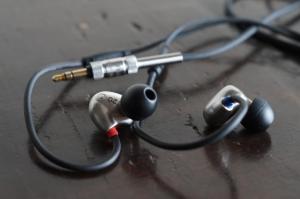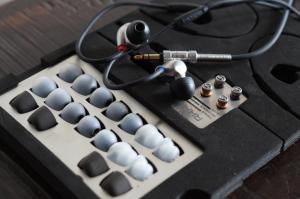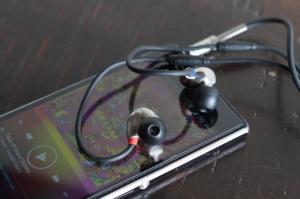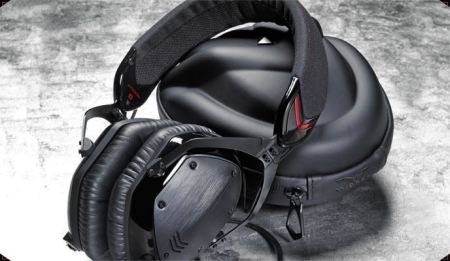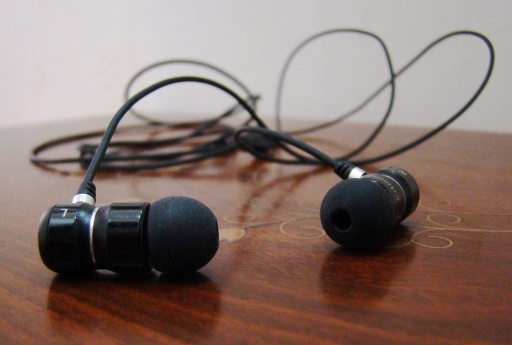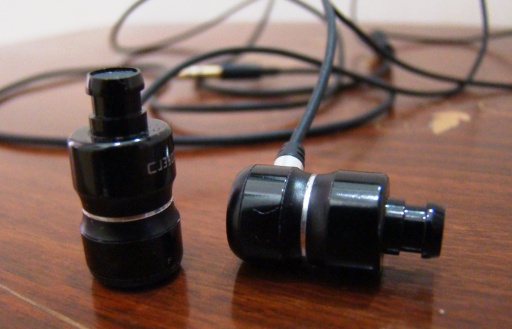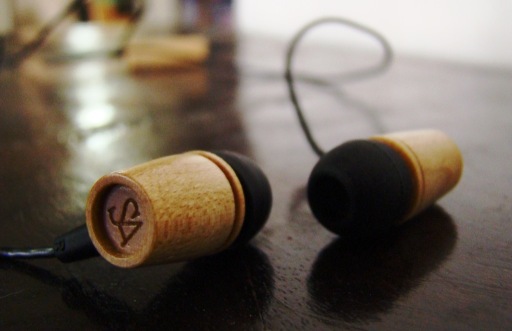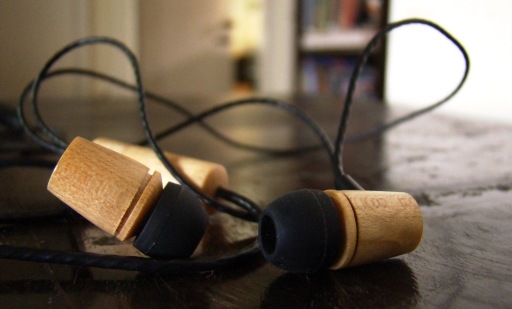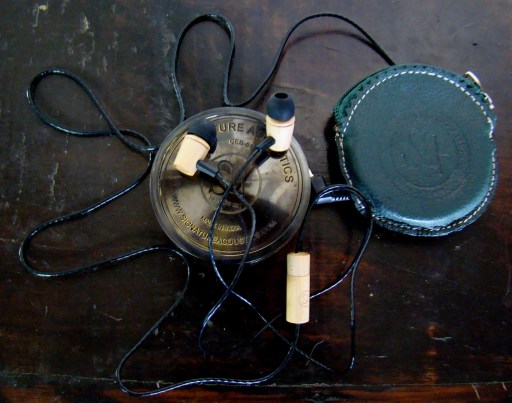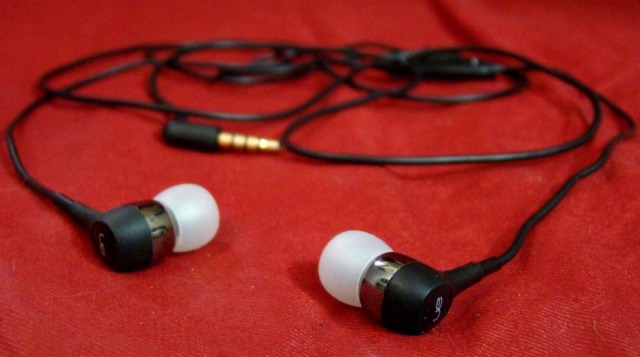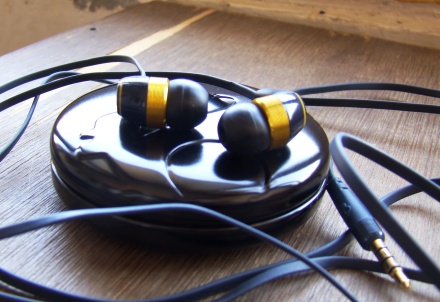Reid Heath Acoustics (RHA) from Glasgow, Scotland announced its arrival in the busy earphone market with a range of reasonably priced in-ear monitors two years ago. Till recently, the T10 was its top-of-the-line IEM (but at the time of writing this, it has been taken over by the T20).
The T10i, provided for review by Headphone Zone, is the version with an in-line three-button remote control and a microphone for use with Apple products (which basically means almost all its controls – except the button used to pause, advance or rewind tracks – won’t work with Android or Windows smartphones). 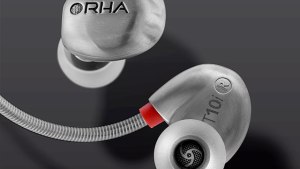
Everything about the T10 exudes class, from the injection moulded stainless steel earpieces to the heavy duty oxygen-free copper cable to the 3.5 mm jack that looks like it belongs in a cable to connect full size audio components such as an amplifier.
The booklet that comes with the IEM says the earpieces are made using a 10-hour metal injection moulding process that involves heating stainless steel to more than 1,300 °C while forming the unique shape that houses a handmade dynamic driver with a Mylar diaphragm.
The T10 comes with three interchangeable filters that fit on the nozzle and can be used to fine-tune the sound for reference (or flat), enhanced treble and enhanced bass. This can be a little tricky as one has to remove the silicone tip, unscrew the filter that’s fitted and replace it with another one – not easy if you have big fingers.
Also included in the package are 10 pairs of ear tips, including six pairs of standard silicone tips in different sizes, two double flange tips and two memory foam tips. 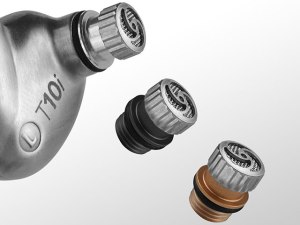
There are other features that show this IEM is aimed at the discerning listener, such as the red and blue bands to indicated the right and left earpieces (taking a cue from the red and blue markings on RCA jacks in full size audio components). The earpieces come with mouldable hooks that go over the ears to ensure that they remain snugly in place.
The T10’s earpieces are a little larger and heavier (almost 40 g) than those of most IEMs and folks with small ears could have some problems with them. I got used to them after a few days, and they were great at noise isolation even out on the streets or in Delhi’s Metro.
The T10’s sound is all about finesse and nuance. It’s merciless with low bit-rate MP3s but shines with MP3s encoded at 320 kbps or high-resolution files.
This IEM is great at digging out every little detail, even on tracks with complex and layered sounds such as Tears For Fears’ “Woman In Chains”. Listening to the track with the T10, I was suddenly aware of bits that never registered with lesser earphones.
But the T10 isn’t easily driven with most smartphones – I constantly had to push the volume up to almost 4 o’clock to get decent listening levels. The T10 was much happier paired with an external headphone amplifier or with my home rig, the extra power giving it a better grip on the music.
The T10 excels with vocals, every little nuance coming through clearly in a wide soundstage. Not that it’s a slouch in other aspects. With a wide range of music, from hip hop to rock to jazz, the treble was nice and airy while the bass was nicely defined and tight, not the globs of rubbish that obscures the soundscape with so many earphones these days.
The sound through the reference (or flat) filter was good but I preferred the filter for enhanced bass – it gave the music an extra little kick. 
Quibbles? Fairly minor. The cable can get tangled if you roll up these earphones and tuck them into your pocket. And at this price point (the T10 retails for Rs. 13,999), I’d have been happier if this IEM had user replaceable cables.
The T10 doesn’t come cheap, but if a natural and balanced sound is a priority for you, this is the IEM for you.
Frequency range: 16-40,000Hz
Impedance: 16 Ohm
Sensitivity: 100db
Rated/max power: 1/5mW
(This review originally appeared at hindustantimes.com here)

